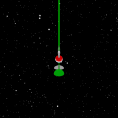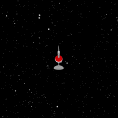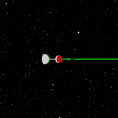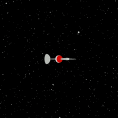
Switching Spatial Reference Frames for Yaw and Pitch Navigation:
We’re used to navigating on the ground plane, and have developed specific strategies to do so. How do these change if we move in a vertical plane (roller-coaster-like, including head over heels motions)? Can we still maintain orientation and remember where we came from, even though such upwards or downwards (pitch) motions are less common and create a pronounced visuo-vestibular cue conflict if the motion is only visually displayed (e.g., in Virtual Reality or movies)?
Abstract of recently submitted manuscript
Humans demonstrate preferences to use egocentric or allocentric reference frames in navigation tasks that lack embodied (vestibular and/or proprioceptive) cues. Here, we investigated how reference frame proclivities affect spatial navigation in the horizontal versus vertical planes. Point-to-origin performance after visually displayed vertical trajectories was surprisingly accurate and almost matched yaw performance for both egocentric and allocentric strategies. For vertical direction changes, 39% of participants unexpectedly switched to their non-preferred reference frame. This might be explained by vertical (25°-90° up/downward pitched) trajectories having lower ecological validity and creating pronounced visuo-vestibular conflicts, thus emphasizing individual differences in processing idiothetic, embodied sensory information.
Point-to-origin task for 90deg yaw trial (right turn) in optic flow field
Point-to-origin task for 90deg pitch trial (downward motion) in optic flow field
Non-turner point-to-origin task for 90deg yaw trial (right turn) in optic flow field
Non-turner point-to-origin task for 90deg pitch trial (downward motion) in optic flow field








